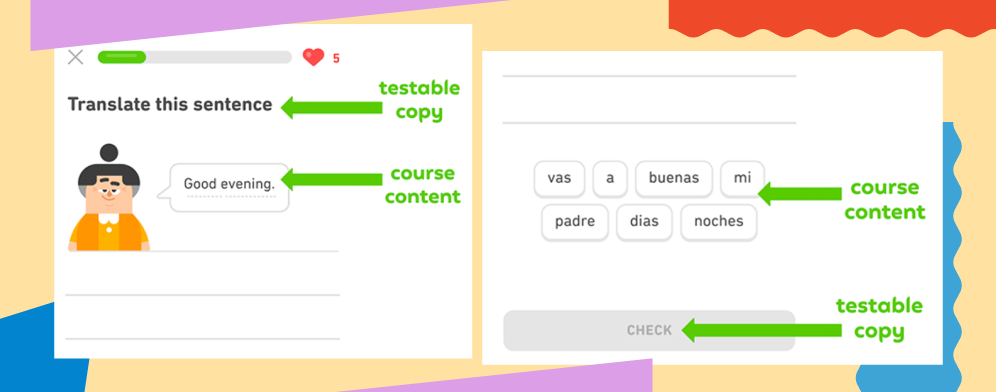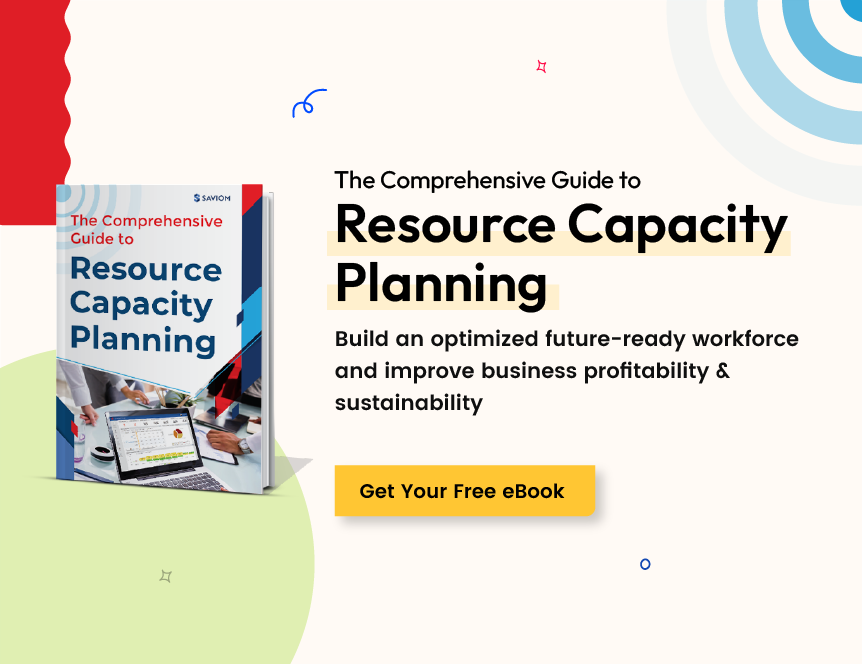Remember that moment when a simple online quiz popped up in your feed, "What Type of Coffee Are You?", and before you knew it, you had answered every question, eager for the result? It was more than fun; it pulled you in, made you think, and probably had you sharing the outcome with friends. That is the power of interactive content.
In a sea of static blogs that sit and wait to be read, online quizzes and other interactive quizzes turn passive browsing into active participation.
Static content, like blog posts, delivers information but struggles to hold attention. Readers skim and move on. Interactive content changes this. Online quizzes pull users in, respond to their choices, and give instant value. The result is content that feels relevant, personal, and worth their time.
The Essentials of Interactive Content and Its Rising Appeal
Interactive content is any digital material that asks for input and adapts in response. Unlike a blog that looks the same to every reader, it evolves through clicks, typed answers, or choices, with feedback that feels immediate and personal.
Why the rising appeal? Users no longer want to passively read; they want to test ideas, get tailored insights, and feel involved. This is where different formats come in:
- Interactive Quizzes: Great for self-assessment and discovery. Online quizzes like BuzzFeed’s personality tests rack up shares by revealing fun traits people love to post.
- Polls: Perfect for sparking quick debates. X/Twitter polls on favorite movies or shows encourage replies, retweets, and instant engagement.
- Surveys: Best for detailed feedback. Brands use them to gather customer opinions on new products and refine their offerings.
A strong example is National Geographic’s wildlife quizzes. They do more than inform. They challenge users to identify animals, then explain the answers, turning simple facts into memorable adventures. This hands-on style keeps people engaged far longer than a static article ever could.

How Interactive Content Delivers Superior Engagement and Recall
The toughest job for any content is capturing and holding attention in a distracted world. Static blogs rely on text alone, and too often, readers skim and leave. Interactive content changes that. Online quizzes create a loop of curiosity and reward. You answer, see feedback, and want to keep going. It feels more like a game than a lecture.
Why Engagement Is Higher
- Curiosity and Reward: Interactive quizzes encourage clicks, choices, and instant results that keep users on a page longer.
- Proven Impact: Research shows interactive content generates nearly twice the engagement of static formats.
- Memory Reinforcement: 79% of marketers say interactive elements improve how well messages stick. Active recall in quizzes strengthens memory far more than passive reading.
Real-World Example: Duolingo
Duolingo’s language quizzes adapt to each learner’s answers. Tricky words are repeated until they are mastered, reinforcing vocabulary through practice rather than rote memorization.

On forums like Reddit, educators echo this effect, noting how interactive quizzes turn abstract lessons into knowledge that lasts.
Personalization That Static Blogs Cannot Match
Interactive content goes beyond engagement by offering personalization. Online quizzes are based on user choices, creating outcomes that feel custom-made.
- E-commerce in Action: Sephora’s beauty quizzes ask about skin type and goals, then recommend products tailored to the individual.
- Results That Build Trust: This reduces decision fatigue, boosts satisfaction, and builds stronger connections. On Quora, users often share how interactive quizzes turned shopping into a personalized adventure instead of a generic experience.
Unlocking SEO and Visibility with Interactive Experiences
Getting noticed online is one of the hardest jobs content has to do. Search engines reward pages that keep people engaged, and static blogs often fall short. High bounce rates send the wrong signal. Interactive content solves this by keeping users active for longer. Whether it is completing interactive quizzes or viewing results, extra time on the page tells algorithms that the content is valuable.
Why Interactive Content Helps SEO
- Lower Bounce Rates: Visitors stay longer when they interact, improving overall site performance.
- More Shares and Backlinks: Interactive formats attract more attention than static blogs, encouraging users to share results and generate natural referral traffic.
- Mobile-Friendly Design: Online quizzes and other interactive tools adapt easily to mobile, which matters as most traffic now comes from phones.
Real-World Example: HubSpot
HubSpot’s website grader quiz illustrates the SEO advantage. Users input their site details, get a score, and then explore personalized tips. This simple interactive quiz increases session length, encourages sharing, and improves rankings, results confirmed in multiple marketing case studies.

How to Build Quizzes That Actually Work
The best interactive quizzes start with a purpose. Ask yourself what job your audience wants done. Are they trying to learn, discover, or simply have fun? Once you know that, design with clarity and simplicity in mind.
Key Principles for Interactive Quizzes
- Keep It Focused: Aim for 5 - 10 questions, enough to feel substantial but not overwhelming.
- Simplify Choices: Use short, clear questions with multiple choice, true/false, or sliders for variety.
- Add Visual Appeal: Include images or short videos to break up text and make the quiz more engaging.
- Deliver Value in Feedback: Go beyond scores by offering explanations, tips, or personalized recommendations.
- Encourage Sharing: End with results users want to post, spreading your quiz organically.
- Refine With Data: Track responses and use insights to improve future versions.
Ben & Jerry's flavor quizzes nail this: fun questions lead to ice cream suggestions, delighting users and gathering preferences for marketing.

Creator communities on LinkedIn often mention ProProfs Quiz Maker for its ease in turning ideas into engaging quizzes without coding headaches.
Seize the Interactive Edge: Why Brands Must Act Now
If your content still relies only on static blogs, you’re already behind. Audiences want interaction, personalization, and experiences that react to them in real time. Interactive content delivers this, and interactive quizzes lead the way, driving higher engagement, stronger recall, and better SEO than static posts ever could.
Static blogs may work for detailed guides, but the content that gets remembered, shared, and acted on is interactive. Launch your first online quiz, test it, and refine it. Every interactive quiz you create is a chance to turn passive readers into active participants and to build lasting connections that static blogs cannot.
















